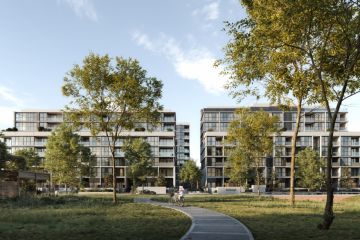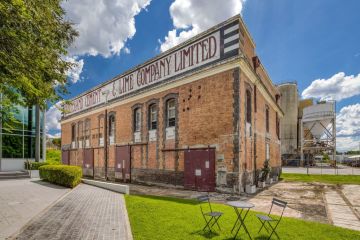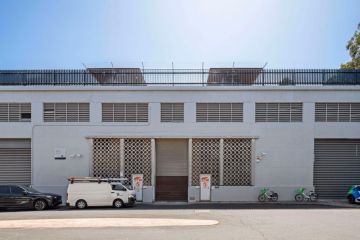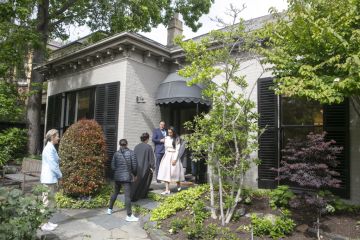Australians seek more space but face infrastructure strain in regional areas
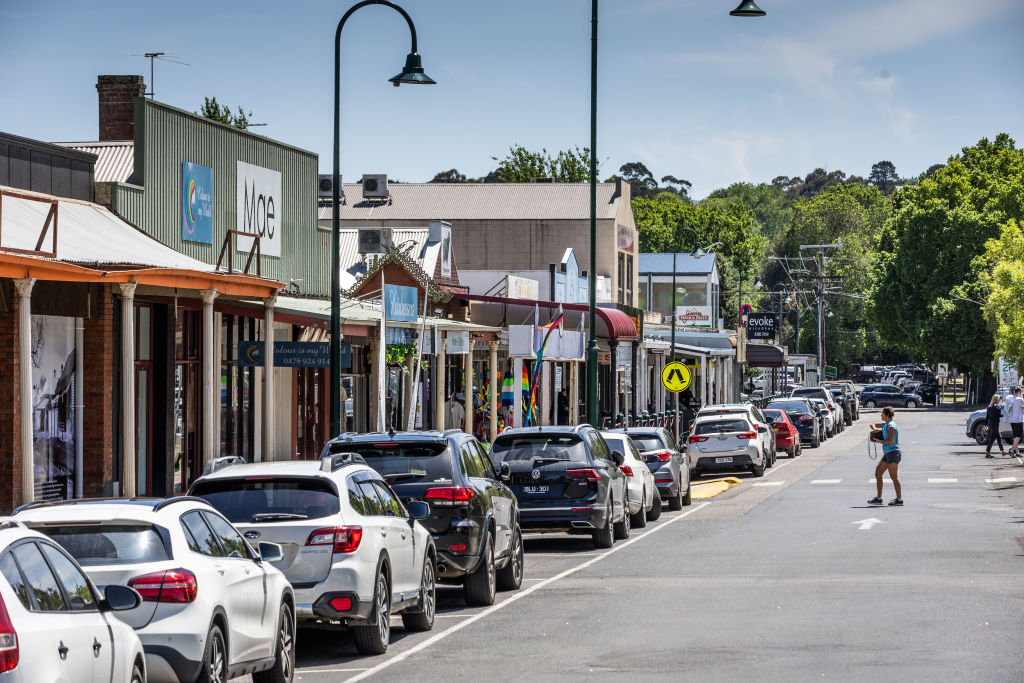
Walking down the main street of Bowral in NSW’s Southern Highlands, lawyer Stephen Goddard was struck by the strangest sensation. Suddenly, he was transported back 60 years to his native Lakemba and wandering down its central Haldon Street.
“I had exactly the same sense of place as when I was aged 12 back in Sydney,” he says. “It was a very odd feeling.
“But I think I have the same lifestyle now as when I was in my youth in the city, while Sydney has, for me, these days lost its liveability, its sense of courtesy, respect and personal space.”
Yet while Goddard, 72, revels in his own tree change two years ago and is now working from the countryside, with its peace and quiet and bigger, more affordable homes on more land, he can’t help noticing the danger signs.
“It’s a concern as you drive from Bowral to Sydney when you see the paddocks turning into houses without any improvement in public infrastructure, like public transport, education facilities or healthcare, and even, in some cases, basic services like reticulated water,” he says.
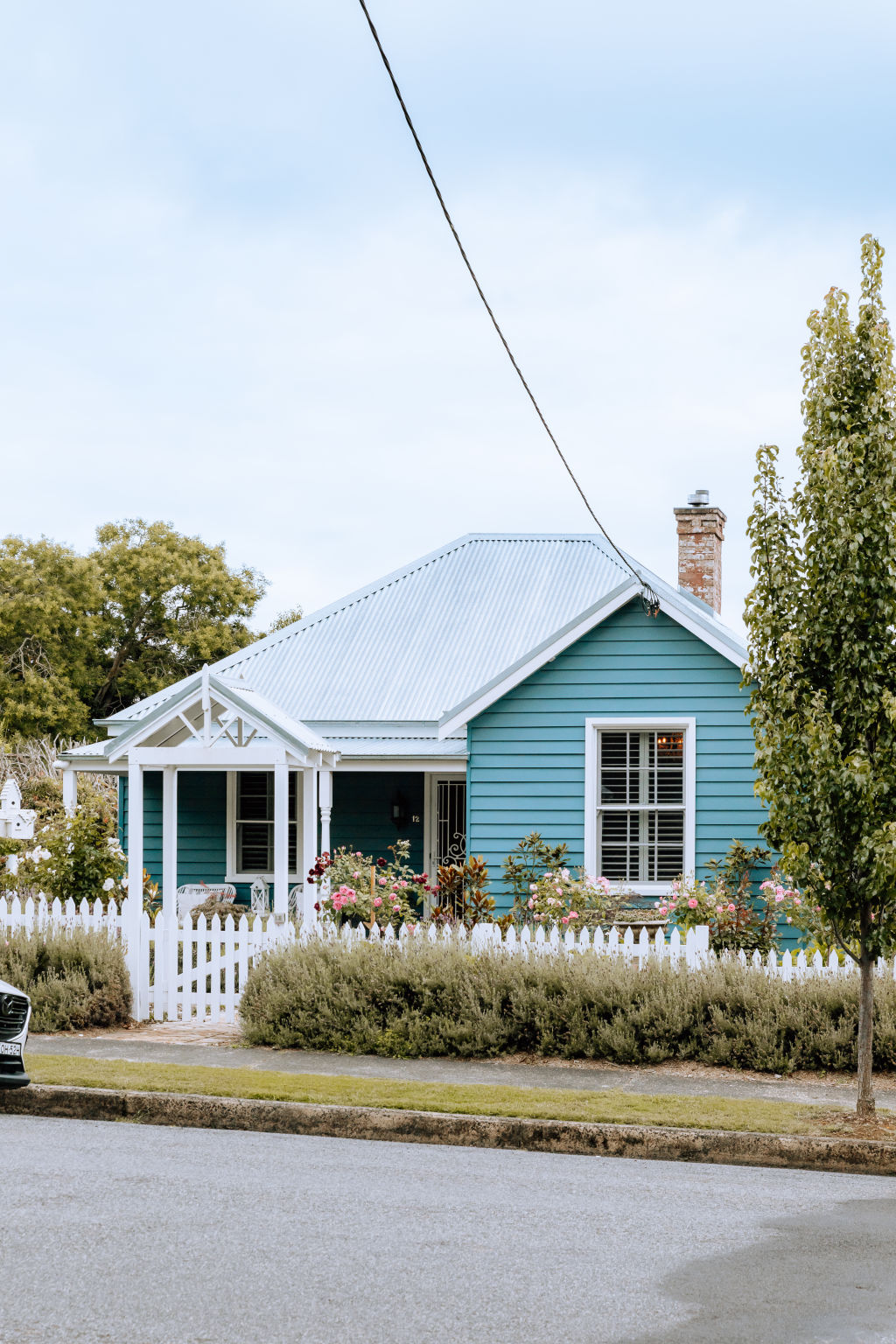
“We all now have some apprehension about what’s going to happen in the future. Will we end up losing the very things we came here for?
“No sooner have we moved here than some elements of our tree change are disappearing.”
Throughout the country, there is a fear of hotspot areas within the reach of big cities and their outer suburbs.
As the desire for space, a better-quality lifestyle, and affordability drive more and more people out of the urban centres, new challenges arise: a lack of infrastructure and good planning and a frenzy of new construction to satisfy the surge in demand for housing.
In northern Melbourne, for instance, there is growing controversy over Mickleham, the outer suburb that has been dubbed Australia’s fastest-growing area and has seven housing estates under development.
In 2016, it had a population of 3142. Five years later, with a massive building program of densely packed new homes, that number had rocketed to 17,452.
Over the same period, according to Domain figures, house prices have shot up 21.6 per cent.
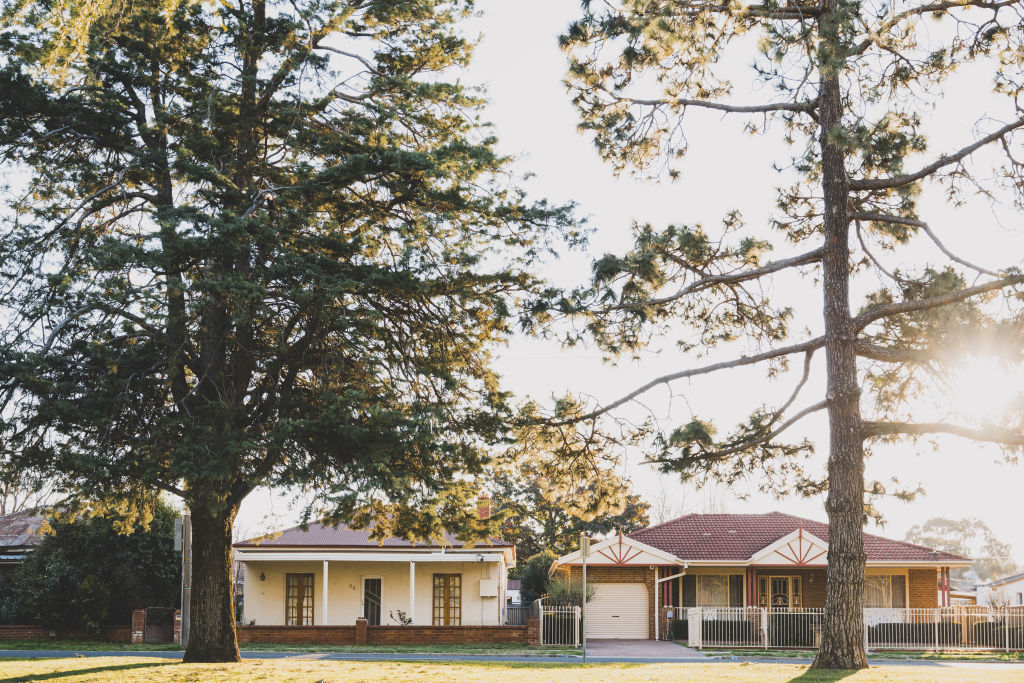
“Generally speaking, the growth of the outer Melbourne suburbs such as Mickleham and other growth areas has exceeded the government’s provision of proper services and infrastructure,” says Professor Michael Buxton, an expert in environment and planning at RMIT University.
“Populations are increasing enormously in those areas, and very quickly, too.
“The government, for several decades, has been planning for over 70 per cent of Melbourne’s growth to be in the established city and 30 per cent in the growth corridors.
“But that’s now running at 50-60 per cent in those growth corridors because of the lack of affordability in the city, and the government has, alarmingly, never got anywhere near its plans and objectives.
“So families are being pushed out further to the fringes of cities and regional areas and facing difficulties with the lack of services and high transport costs to travel in for work.”
The sheer size of the population shifts illustrates the problem, with nearly 9.8 million Australians now calling the regions home, and many more thinking of moving.
The Regional Australia Institute (RAI) has released new research showing that the number of city-dwellers looking to relocate has doubled over the past 18 months to an astonishing 40 per cent.
“Despite this, regional Australia has gone backwards when it comes to regional housing, education and migration over the last 12 months,” says RAI chief executive Liz Ritchie.
“The regional rental vacancy rate dropped to 1.3 per cent this year. Regional building approvals have declined 9.4 per cent. The regional school attainment rate has decreased.
“The disconnect between these two realities needs action, and now.
“Demand for regional living has never been higher, but as a nation, we are not keeping pace with delivering the fundamental building blocks that are needed as we rebalance the nation.”
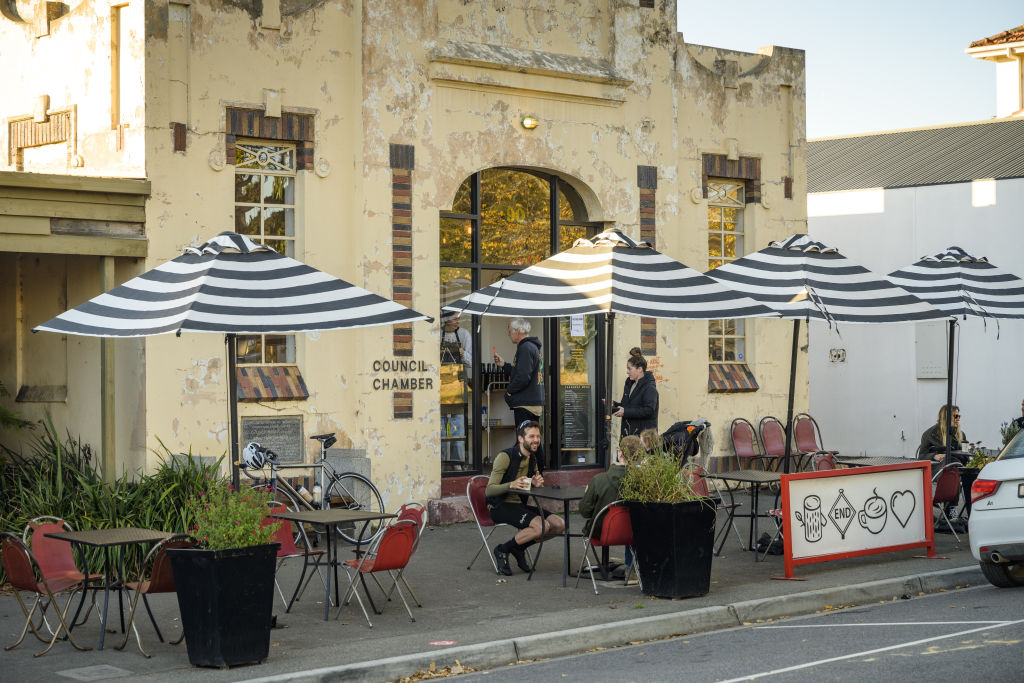
House prices are a good indicator of the increasing demand for some of these peri-urban areas. In Bowral, over the past five years, they’ve jumped 69.5 per cent to a median of $1.45 million. In nearby Moss Vale, they’ve risen by 57.3 per cent to $975,000.
Sydney University Professor of urban and regional planning Nicole Gurran believes that the increases have been fuelled by the ability to work from home and by the increasing availability of more affordable homes within two to three hours of Sydney.
“So areas like the Southern Highlands, the Central Coast and parts of Wollongong are almost becoming the city’s dormitory suburbs,” she says.
“Beyond those areas, in regional NSW, there are also a number of places that are experiencing strong population growth but, because no one was expecting that, they don’t have enough health facilities, hospitals, schools and universities.
“That shift in population has had a massive impact, and the increase in housing development isn’t supported by basic infrastructure.
“There’s often little public transport and very low walkability, which are important for both younger and older people.”
In Victoria, further north from Melbourne, towards Bendigo, house prices have soared in the Macedon Ranges by 30 per cent over the past five years to a median of $910,000, according to Domain research.
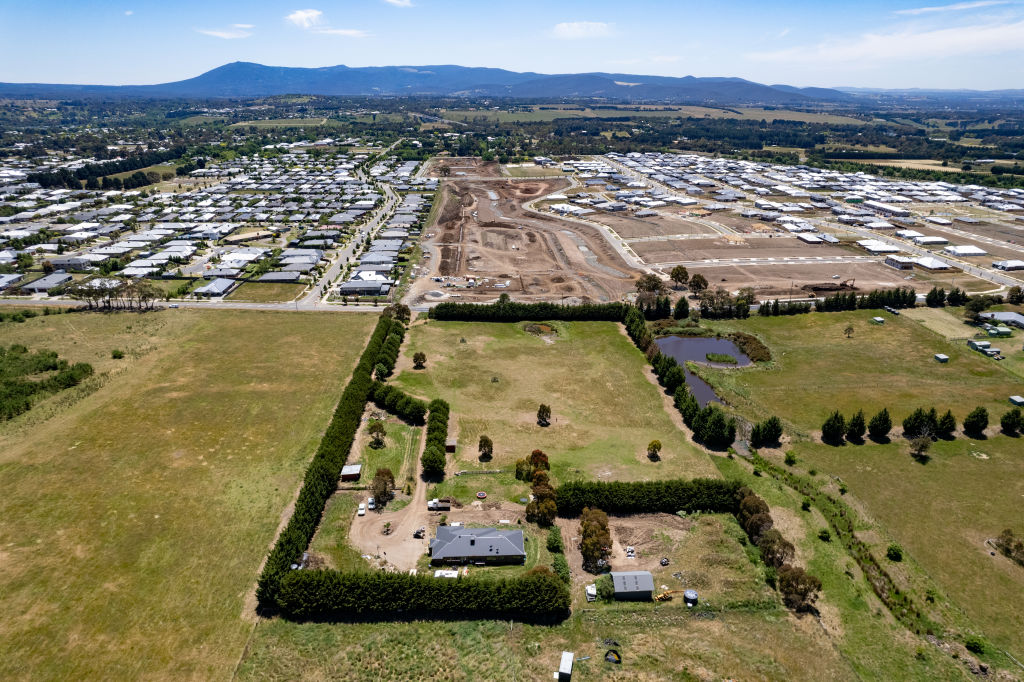
Towns like Gisborne have seen a 29.1 per cent price rise to a median of $987,500 and Woodend 23.2 per cent to $970,000.
“We’re under increasing pressure to deliver services that people expect but on a limited budget and resources, especially in the current economic climate,” says Macedon Ranges Shire mayor Dominic Bonanno.
“Population growth is inevitable, and we have to prepare for that, but there’s always tension between applications for new housing and the determination to keep our rural landscape with its farming history, biodiversity and native wildlife that make it a very special place to live, work and visit.”
Close to the ACT, the NSW towns of Queanbeyan and Yass are also coping with the overflow from Canberra’s high-priced market.
“We’ve seen this driving a major change, with the older demographic moving out, as these areas don’t have many downsizing options or good health facilities, and younger people [are] moving in who won’t put up with issues like the shortage of good infrastructure,” says Ray White Rural Canberra, Yass and Murrumbateman chief executive George Southwell, who has recently written a white paper on the subject.
“In these areas, there are now growing demands for better water, better healthcare, good infrastructure and better basic services. The new generation aren’t tolerant of the kind of things that the previous generation put up with.”
We recommend
We thought you might like
States
Capital Cities
Capital Cities - Rentals
Popular Areas
Allhomes
More


